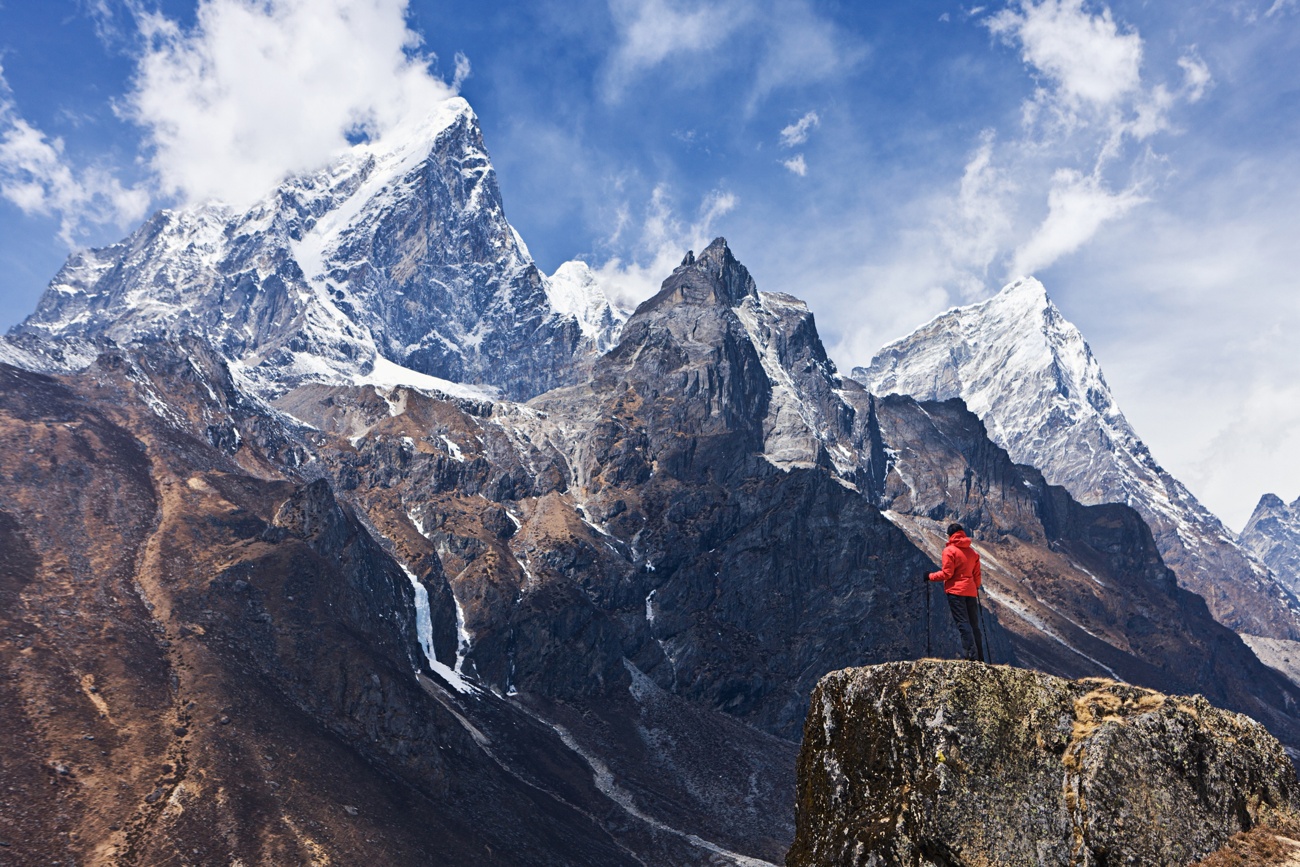
15 extreme places on planet Earth
Our planet has extreme places where we can know the limits. These are 15 extreme places on Earth that will surprise you.
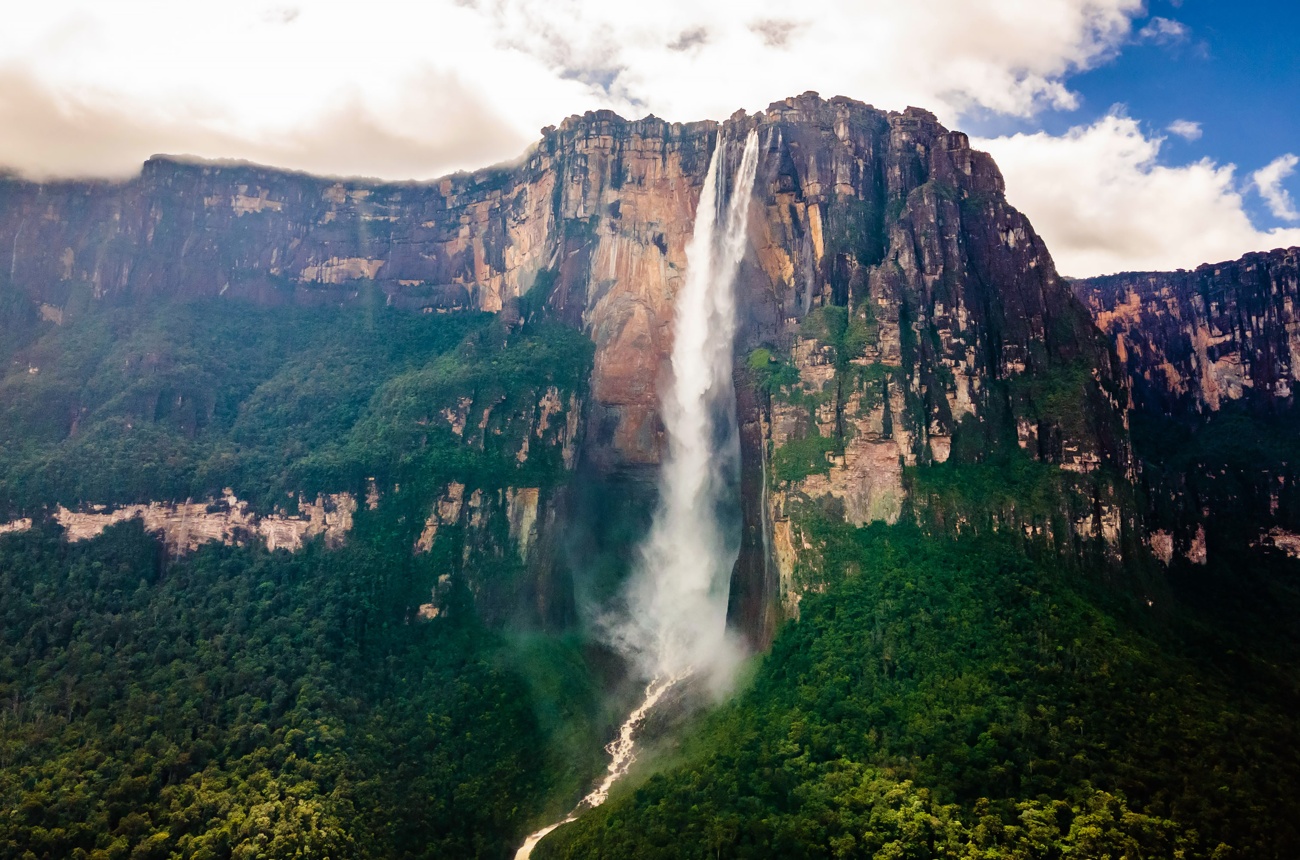
Angel Falls
The highest waterfall in the world is called Angel Falls and is located in Venezuela. It has a total height of 979 m, of which 807 m correspond to a free fall without interruption. The Angel Falls originates in the Auyantepuy, one of the largest and highest tepuis or plateaus of the Canaima National Park. This park is a protected natural area and was declared a World Heritage Site by UNESCO in 1994. Angel Falls owes its name to the American pilot Jimmy Angel, who flew over it and landed on its summit in 1937. In the Pemón indigenous language, Angel Falls is called Kerepakupai Vená, which means «jump from the deepest place.
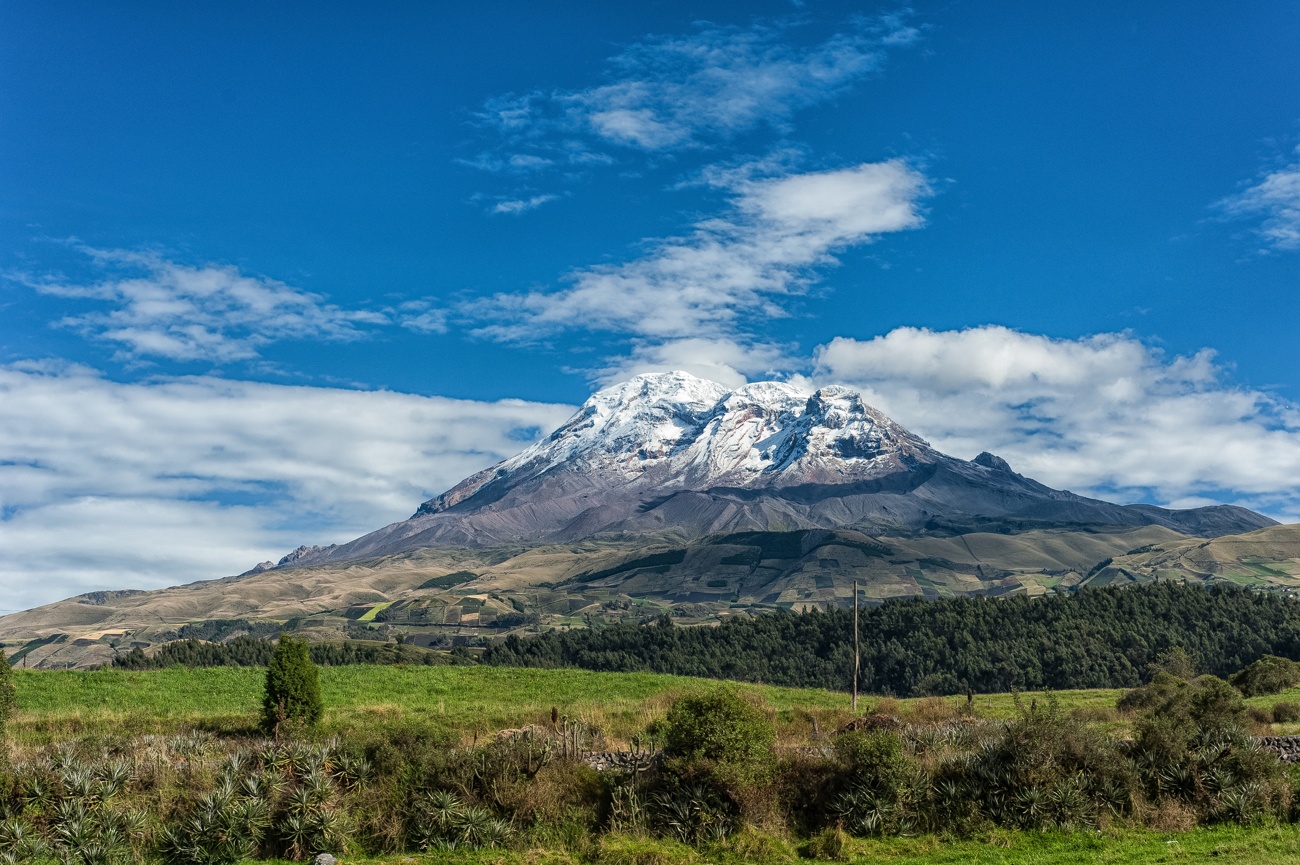
Chimborazo Volcano
The summit of Chimborazo, a volcano located in Ecuador, is the farthest point from the center of the Earth, with a distance of 6,384.4 km. Chimborazo has an altitude of 6,263.47 m above sea level, according to a GPS measurement. Although Everest is the highest mountain in the world, at 8,848 m, it is closer to the center of the Earth than Chimborazo, due to the fact that the Earth is wider at the equator than at the poles. Chimborazo is the highest volcano in the northern Andes and the southernmost in the Cordillera Occidental. It is formed by three successive volcanic edifices and its last eruption is estimated to have occurred about 1500 years ago.
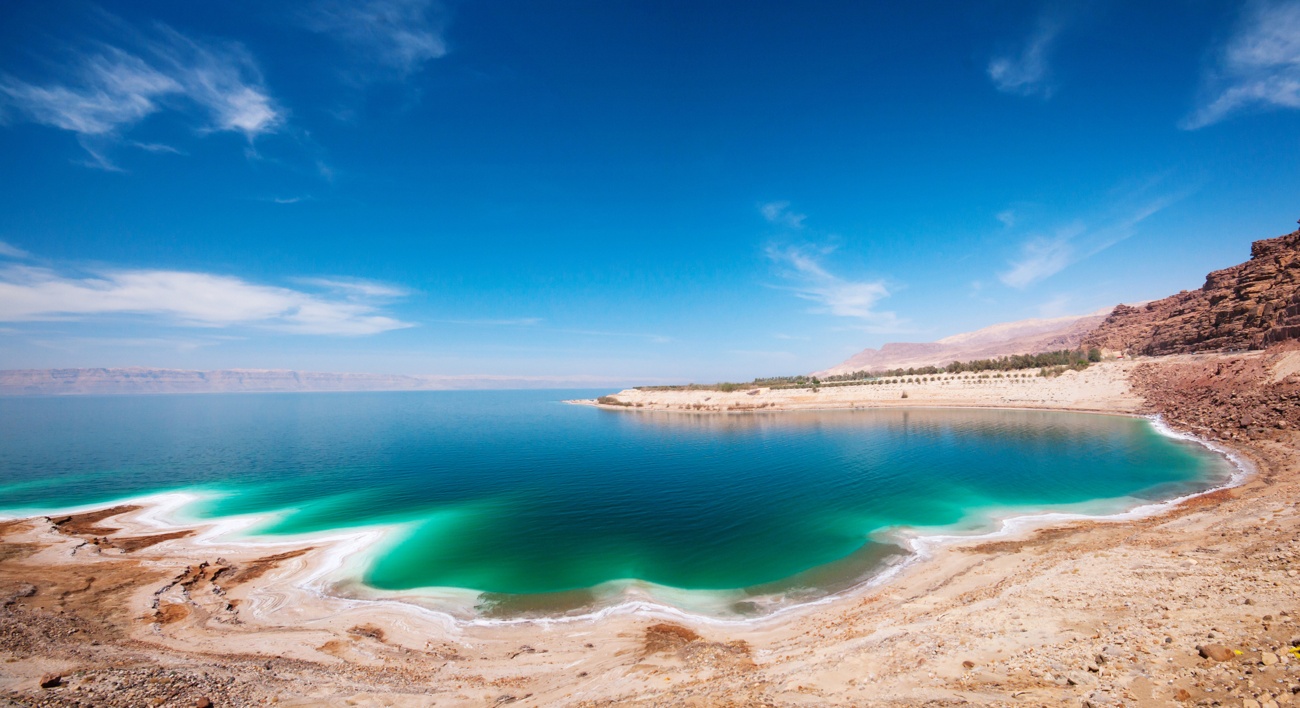
Dead Sea
The Dead Sea is a salt lake located between Israel, Palestine and Jordan in the Middle East region. It is the lowest point on land, at 432.65 m below sea level. In addition, the lowest points accessible by transportation are any of the roads bordering the Dead Sea in Israel and Jordan.
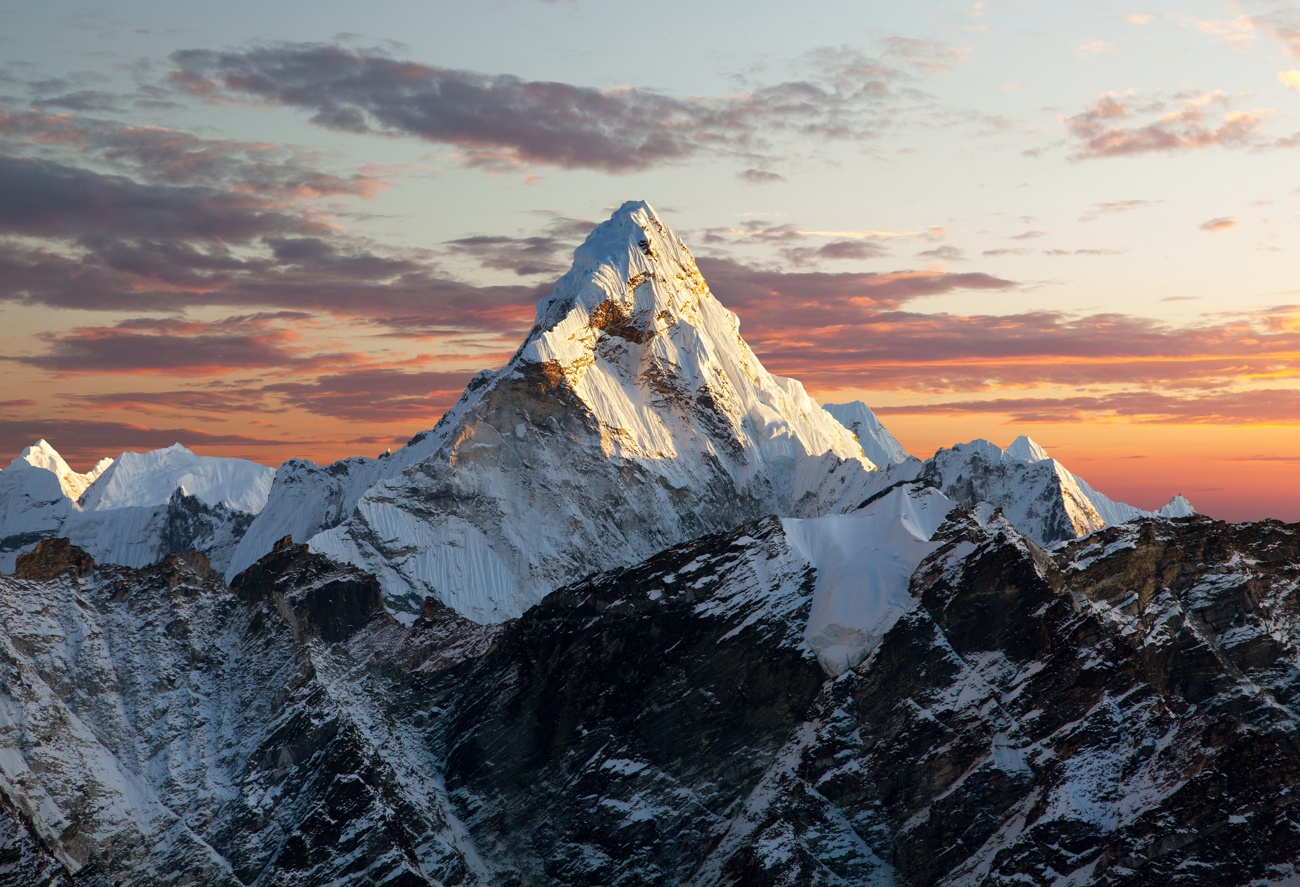
Everest
Everest is the highest peak on Earth, at 8,848 m above sea level. It is located on the Asian continent, in the Himalayan range, between Nepal and China. It was discovered by Westerners in 1856 and first climbed in 1953 by Edmund Hillary and Tenzing Norgay. Everest is a symbol of challenge and adventure for mountaineers, who must face extreme conditions to reach its summit.
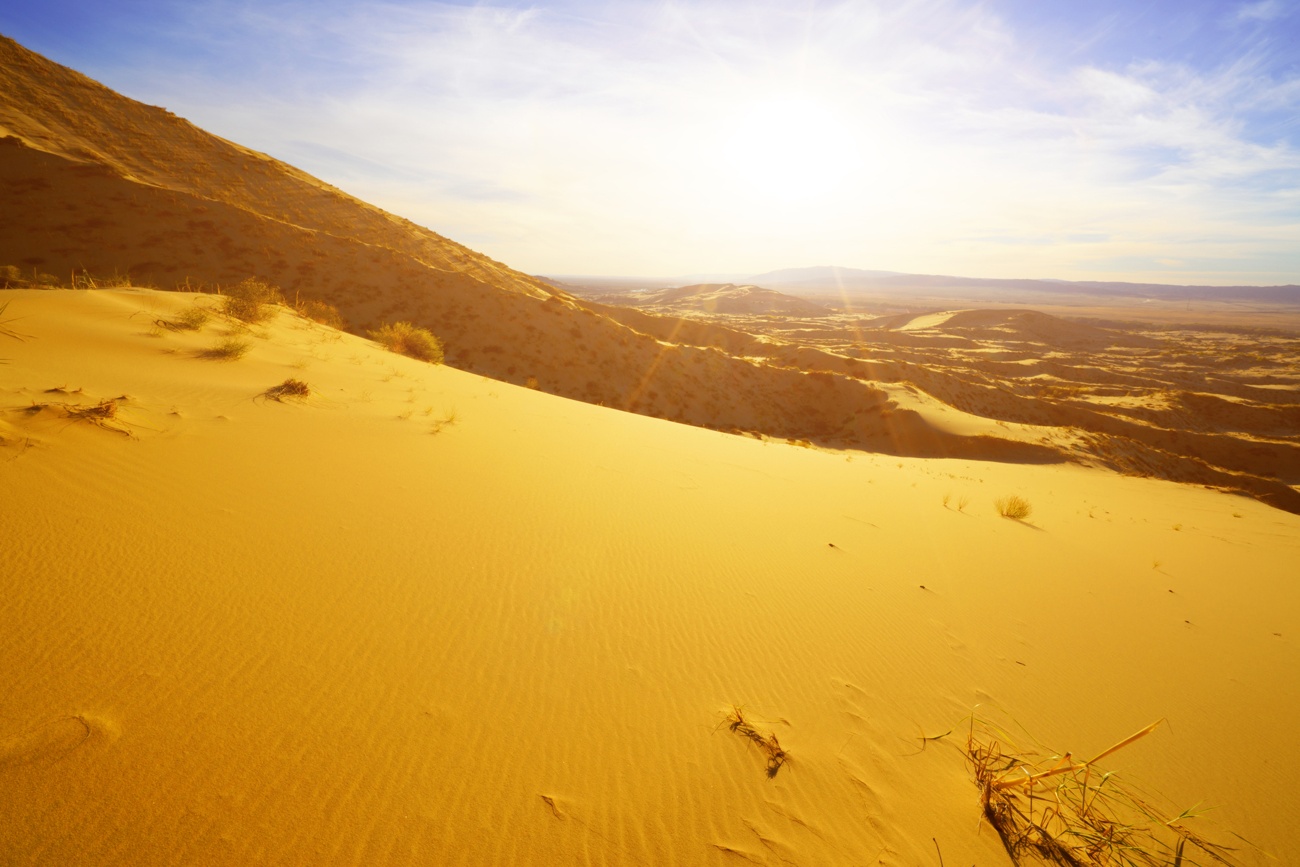
Gurbantünggüt Desert
The Eurasian pole of inaccessibility is the farthest point on the earth’s surface from any ocean. It is located in the Gurbantünggüt Desert in Sinkiang Province, China. Its exact position is uncertain, due to the indefiniteness of the coastline in some areas, but it is estimated to be between coordinates 44°17′N 82°11′E and 45°17′N 88°08′E. The distance to the sea from this point is over 2500 km, equidistant from the Ob, Bengal and Bohai gulfs. The Eurasian pole of inaccessibility is located in an arid and desolate area, with extreme climate and sparse vegetation.
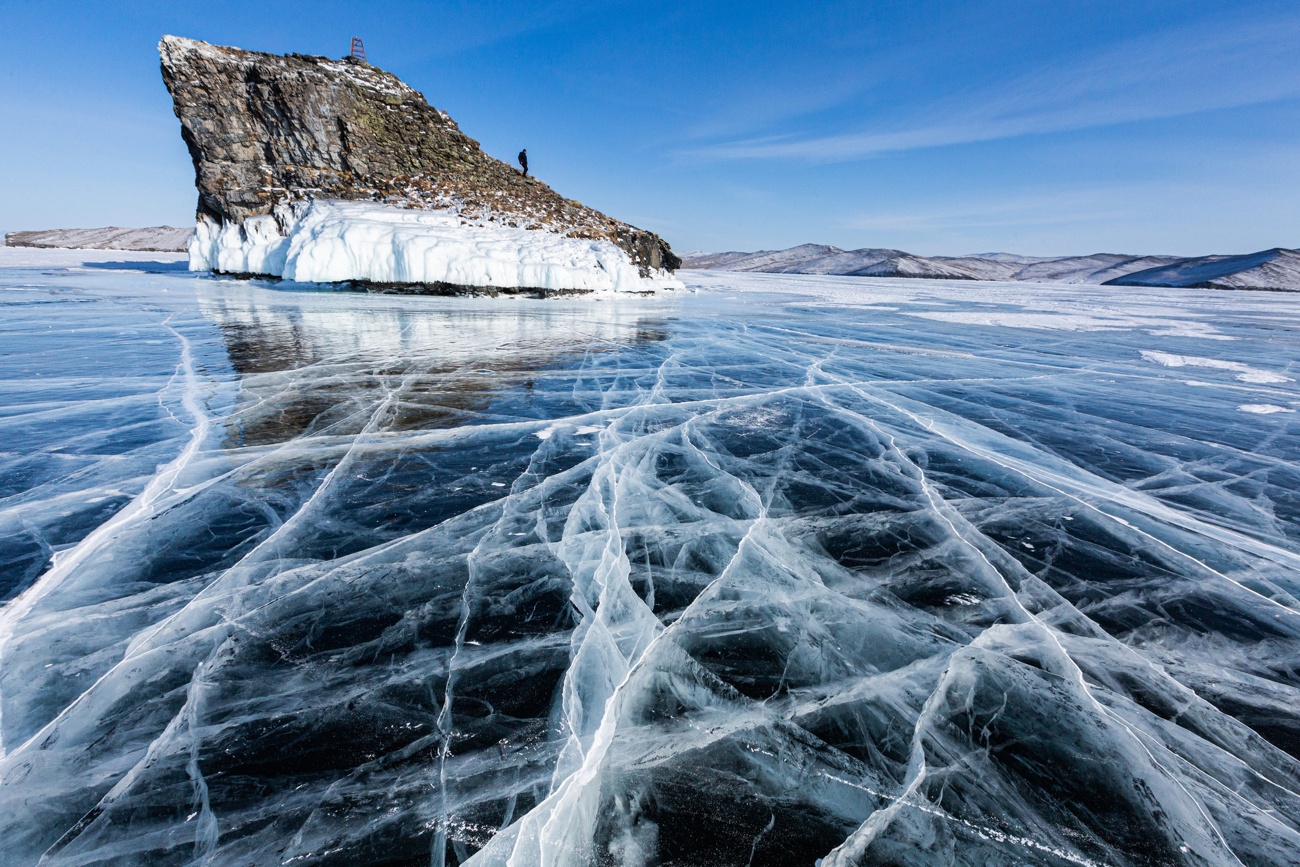
Baikal Lake
The deepest lake in the world is called Baikal and is located in southern Siberia, Russia. Its maximum depth is 1,642 m, which also makes it the largest freshwater reservoir on the planet, with 20% of the total. Lake Baikal is 636 km long, 80 km wide and has a surface area of 31,494 km². It was formed about 25 million years ago by the separation of two tectonic plates and is surrounded by mountains and forests. Lake Baikal is home to a great biodiversity, with more than 3,500 species, many of them endemic. It was declared a World Heritage Site by Unesco in 1996.
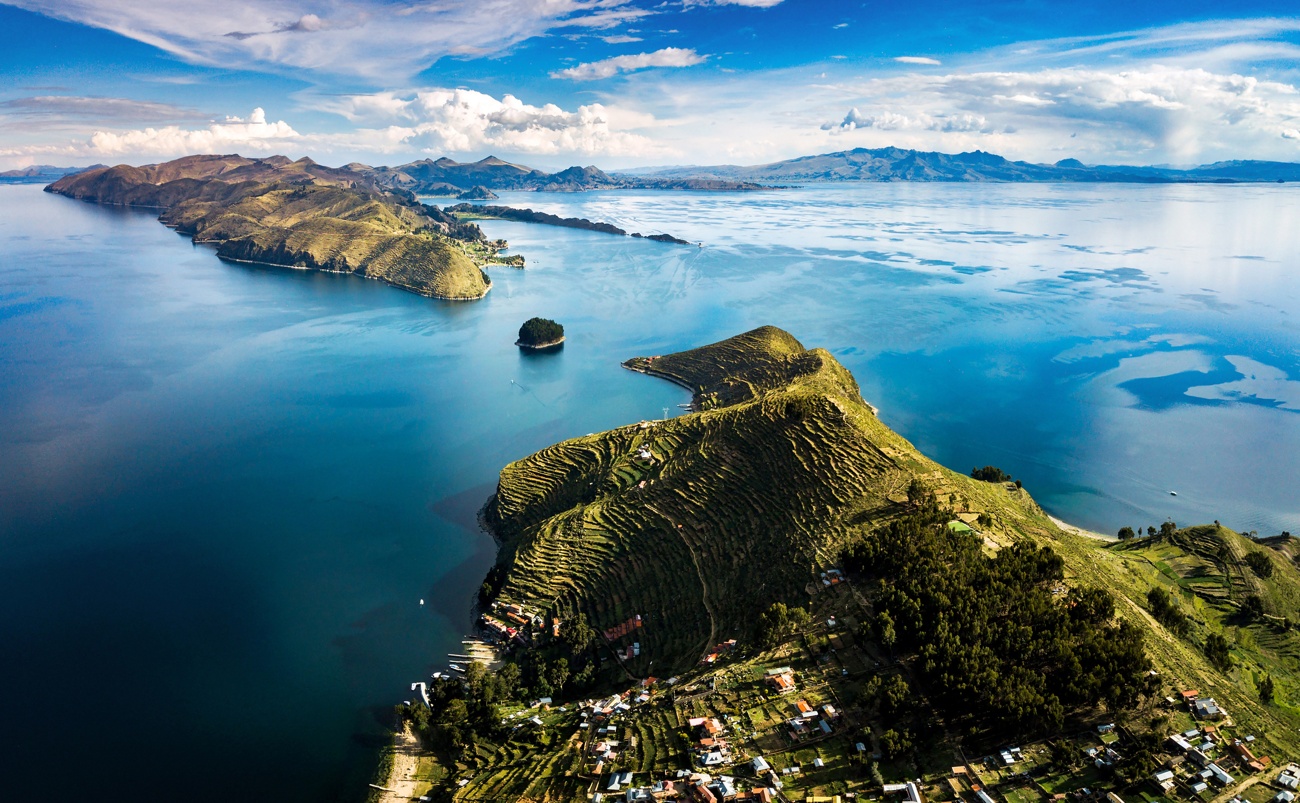
Titicaca Lake
Titicaca is the highest navigable lake in the world, as it is located at an altitude of 3,812 m in the Andes Mountains. The lake extends over an area of 8,300 km² between Bolivia and Peru, being 56% Peruvian and 44% Bolivian. Lake Titicaca is of great cultural and historical importance, as it was the cradle of pre-Hispanic civilizations such as Tiwanaku and the Inca Empire. According to Inca mythology, Lake Titicaca was the birthplace of the founders of their dynasty, Manco Capac and Mama Ocllo.
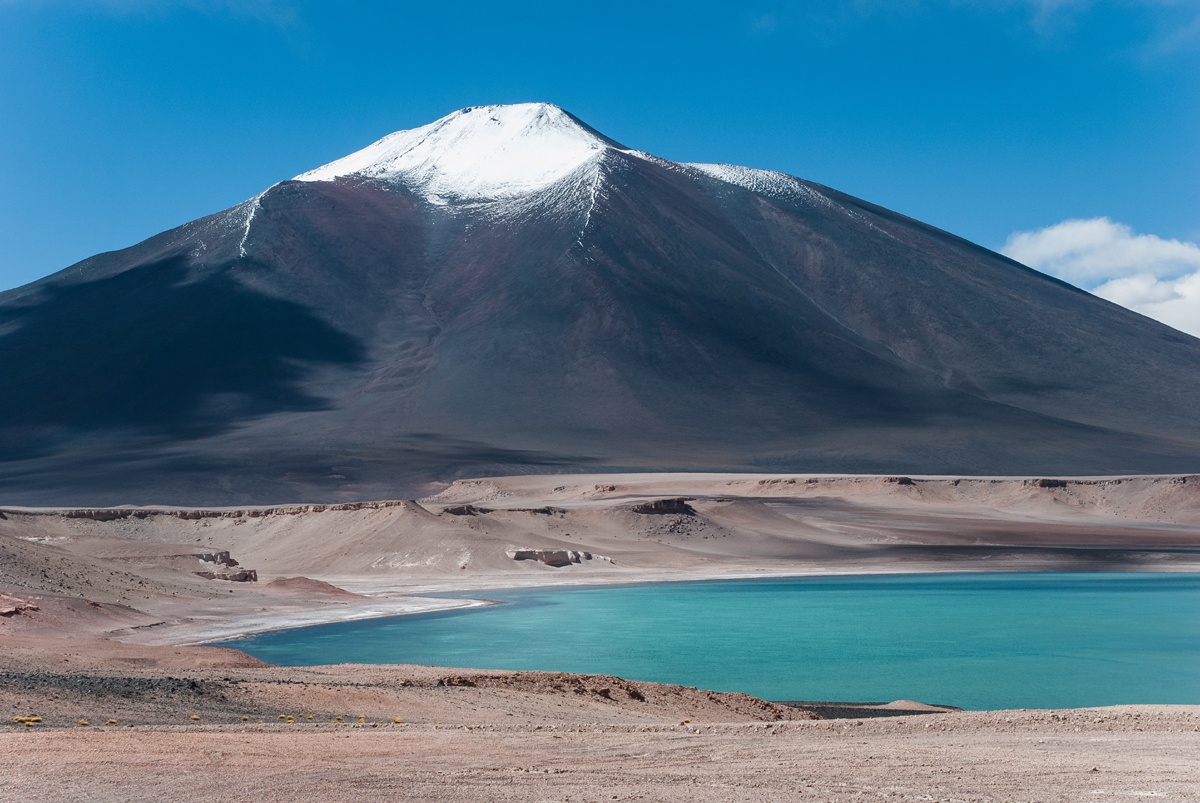
Ojos del Salado
Ojos del Salado is a volcano located in the Andes Mountains, on the border between Argentina and Chile. At 6,983 m altitude, it is the highest volcano on Earth and the second highest summit in the Americas after Aconcagua. At its summit there is an unnamed crater lake, which is also the highest natural lake in the world, at about 6,390 m (20,000 ft). Ojos del Salado is a destination for mountaineering and nature lovers.
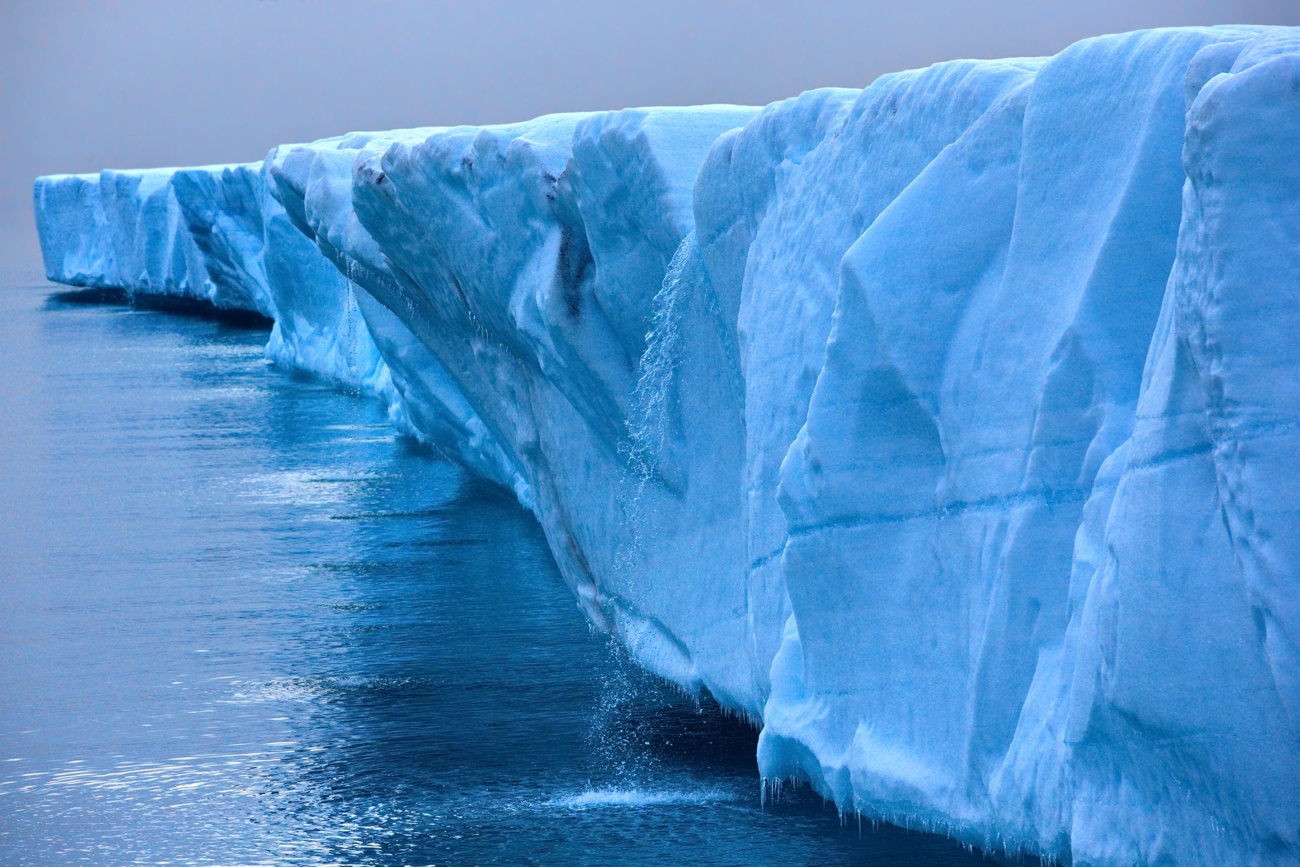
Ross Sea
The Ross Sea is an extensive bay of the Southern Ocean that bathes the coast of Antarctica. In its southern part lies the Ross Ice Shelf, an icy shelf covering almost 500,000 km². The southernmost point of open ocean is at the edge of this barrier, about 300 km from the Geographic South Pole. The Ross Sea is a unique ecosystem rich in biodiversity, which was declared a marine reserve in 2016.
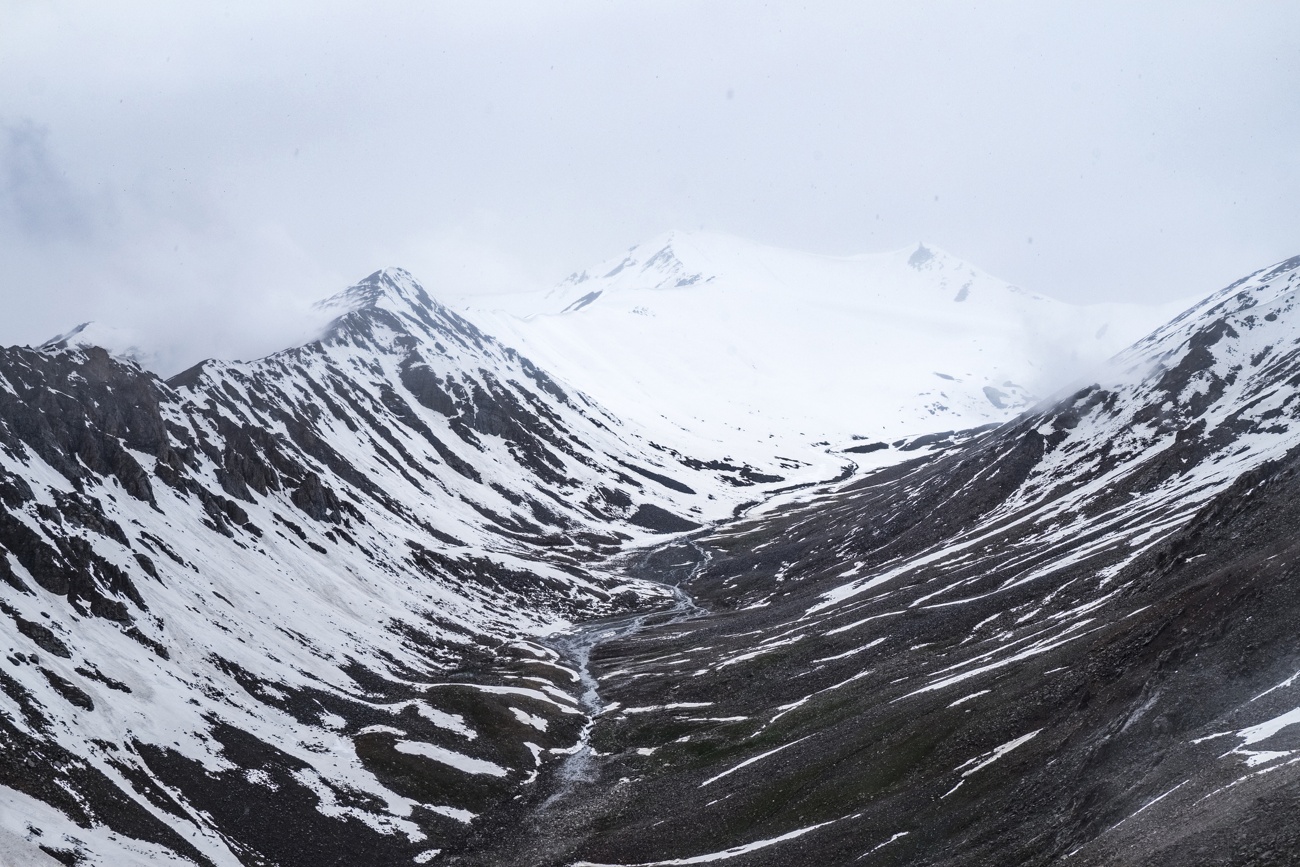
Sonam Heliport, on the Siachen Glacier
Sonam is the name of the highest heliport in the world, located on the Siachen glacier in India. At an altitude of 6,400 m above sea level, pilots have to make a very precise and difficult landing.
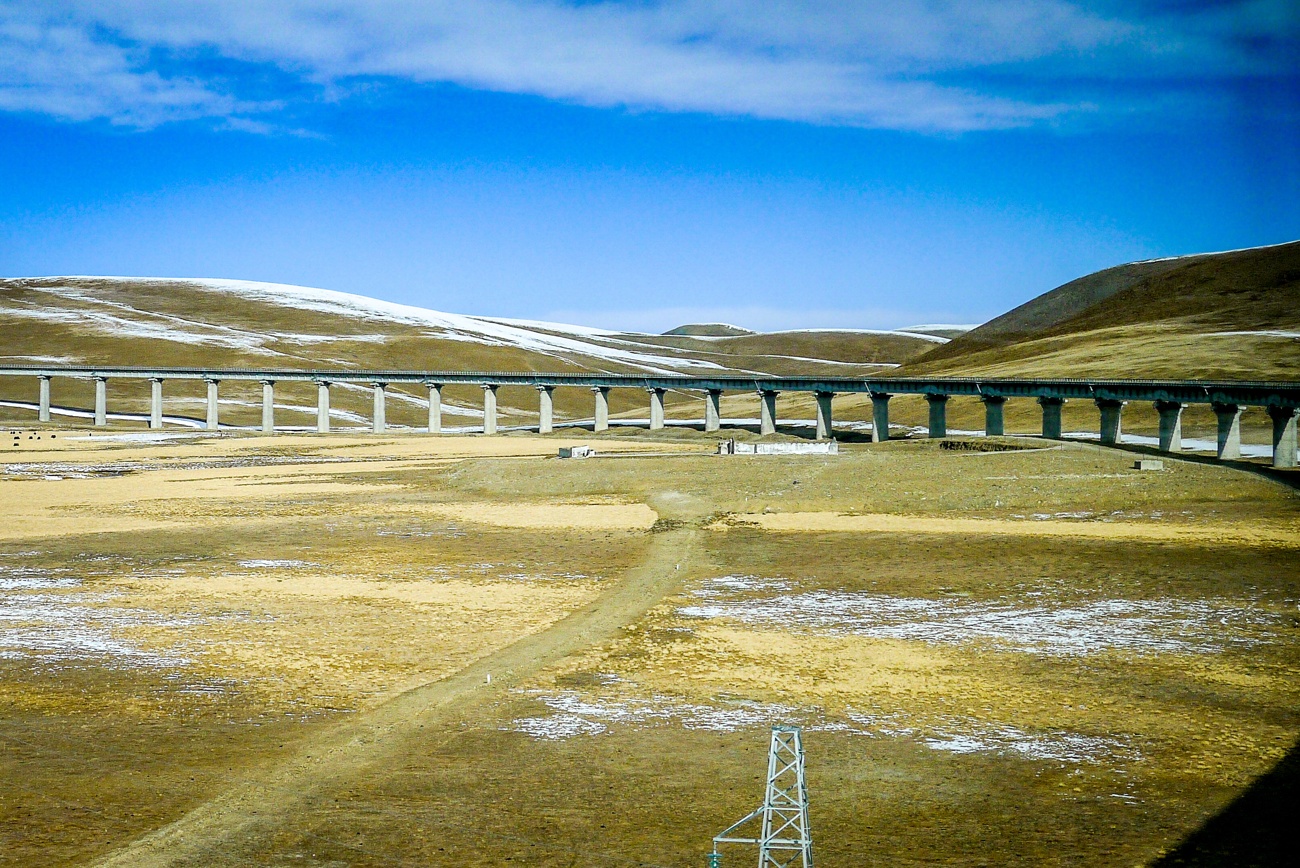
Tanggula Pass
If you like train travel and heights, you may be interested in the Tanggula Pass, the highest point accessible by train in the world. It is located in the Tanggula Mountains of Qinghai/Tibet, at 5,072 m above sea level. The Qinghai-Tibet railroad runs through this pass, connecting China with the Tibet Autonomous Region, a territory of great natural and cultural beauty.
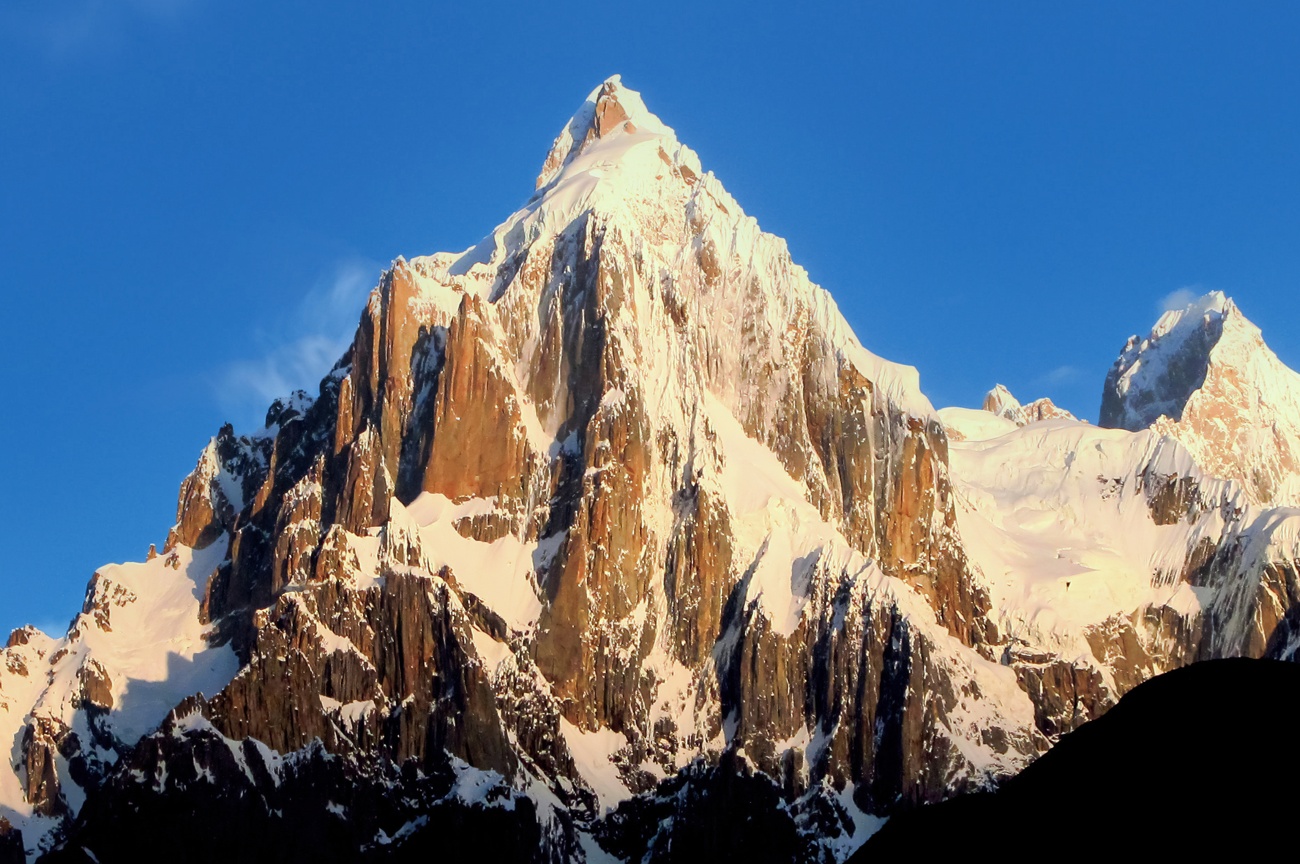
Trango Towers
The Trango Towers are a group of impressive granite peaks rising in the Karakoram massif in Gilgit-Baltistan, Pakistan. The highest of them is the Great Trango Tower, which reaches 6,286 m in altitude. Its east wall is a challenge for climbers, as it has a near-vertical drop of 1,340 m, considered the highest in the world.
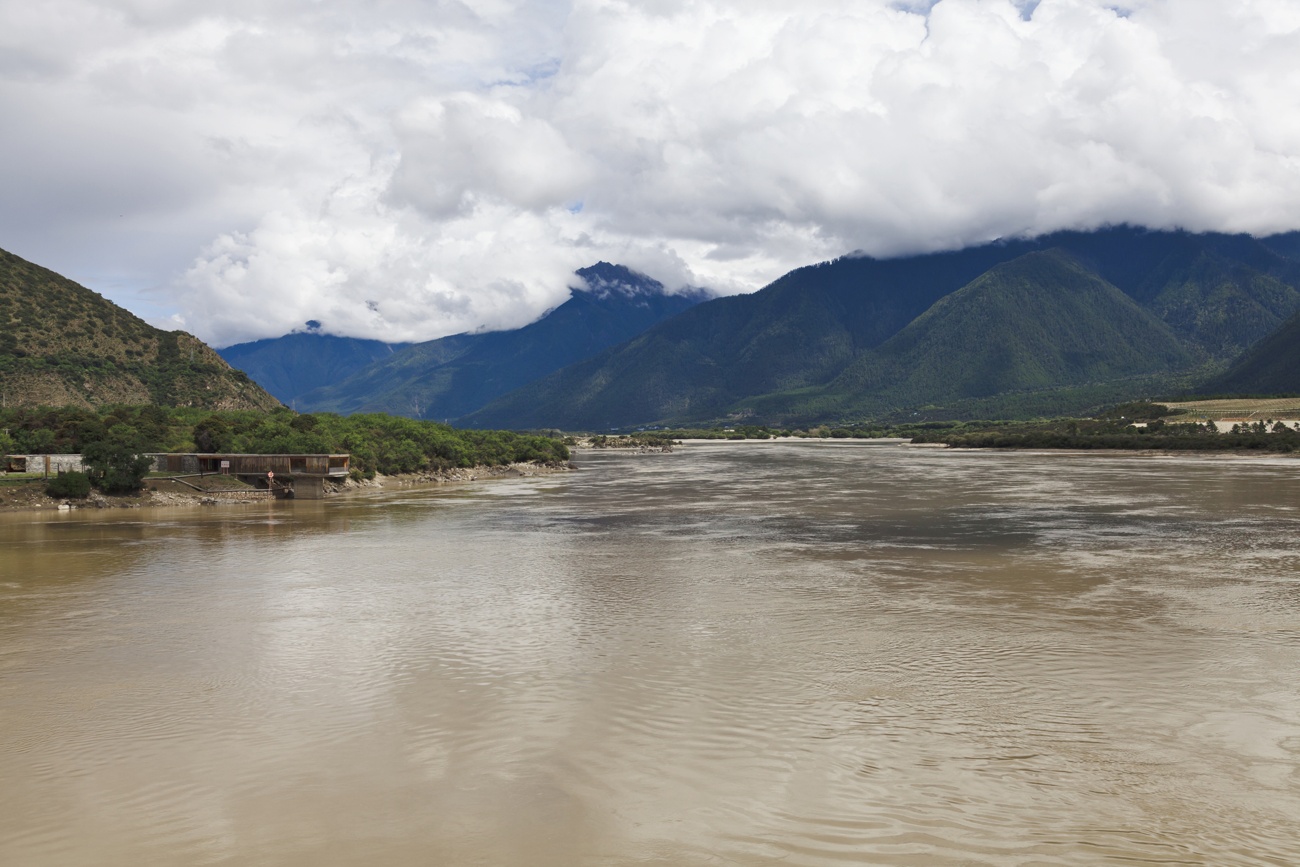
Yarlung Tsangpo
The Yarlung Tsangpo is a river that rises in western Tibet, near Mount Kailash, at about 6,020 m altitude. It is the highest river in the world and the upper course of the Brahmaputra, one of the longest and largest rivers in Asia. The Yarlung Tsangpo runs about 1,700 km through Tibet, forming a great canyon 504 km long and 6,009 m deep, the deepest and one of the longest in the world. The river crosses the Himalayan range and enters India through the state of Arunachal Pradesh, where it changes its name to Brahmaputra. It then follows its course through the Assam Valley and flows into the Bay of Bengal in Bangladesh.
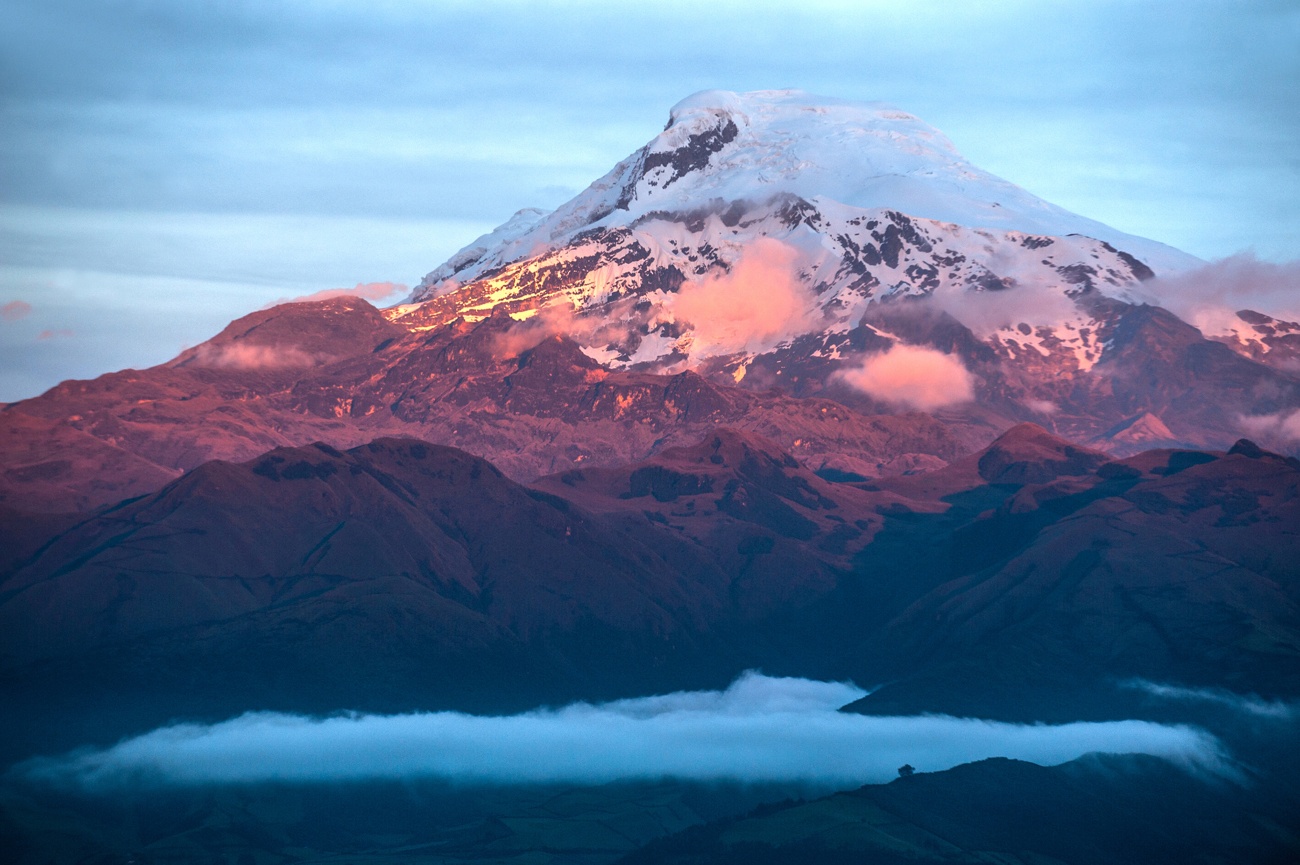
Cayambe
Cayambe is a snow-capped volcano located in the Andes Mountains, between Ecuador and Colombia. Its summit, at 5,790 m altitude, is the farthest point from the Earth’s axis and the only place where the equatorial line is covered with snow. This also means that its summit rotates the fastest as the Earth spins, at a speed of about 1,600 km/h (1,600 mph).
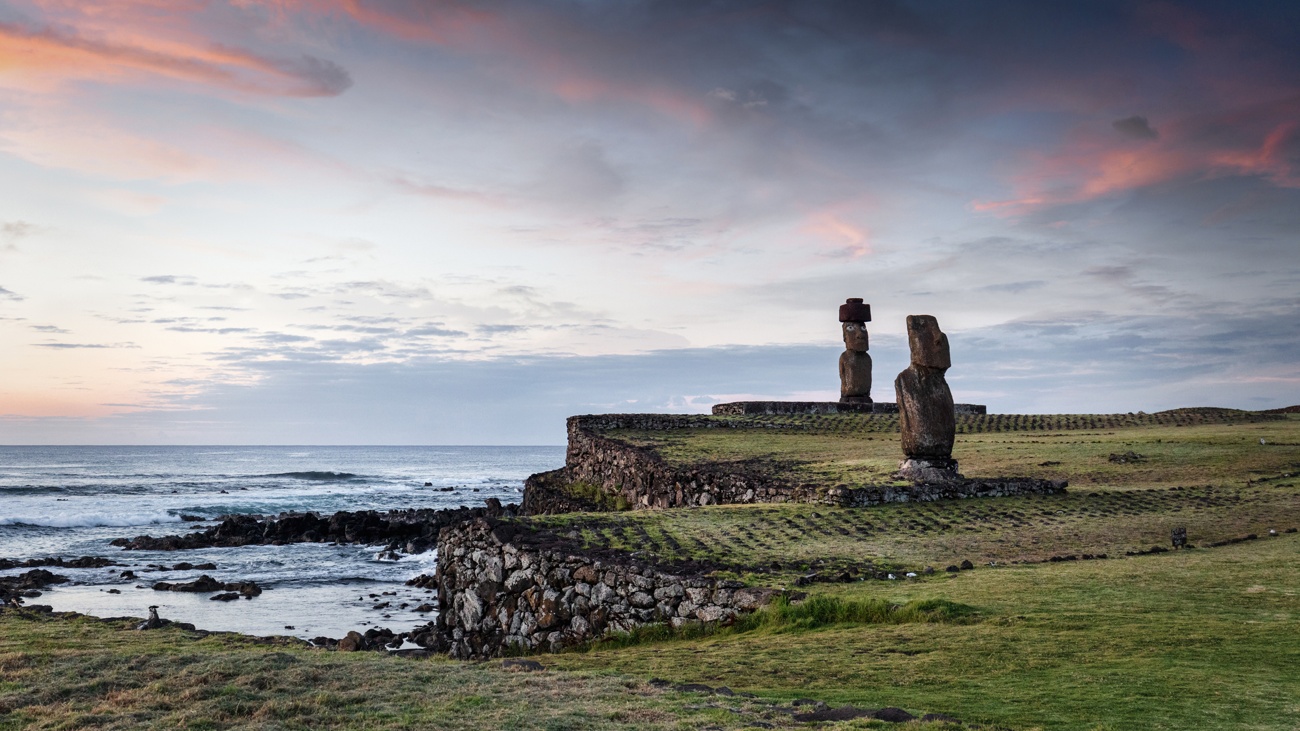
Easter Island
It is considered the most remote inhabited island on our planet. Easter Island or Rapa Nui is a Chilean island located in the South Pacific Ocean, part of Polynesia. The island has an area of 163.6 km² and a population of about 7,750 inhabitants. The closest continental point to Easter Island is located in central Chile, 3,526 km away. This distance makes it the farthest inhabited island from any landmass in the world. The island is famous for its ancestral culture and its moais, huge stone statues representing the ancestors.






